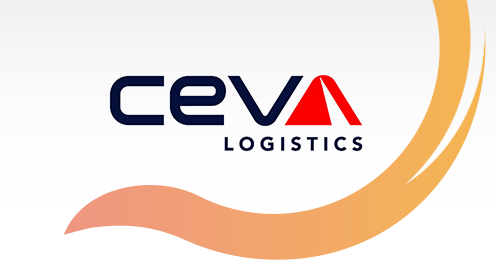The transport sector is the lifeline of industry. There is no production without procurement logistics and no trade without delivery traffic. And there would be no transportation without data. According to a McKinsey study, 96 per cent of the freight forwarders surveyed plan to at least maintain or expand their investments in digital structures. Intelligent networking between customers, service providers and co-operation partners is a competitive advantage today. It optimises processes, increases cost efficiency, facilitates communication about arrival times and provides data that companies need for sustainability reporting.
"96 per cent of the freight forwarders surveyed plan to at least maintain or expand their investments in digital structures"
- McKinsey
However, despite the awareness of the need for digitalisation, there is one major challenge: companies often create many small, self-contained stand-alone solutions. In the transportation network, neither end-to-end transparency nor a resilient supply chain can be realised in such a fragmented system landscape.
Heterogeneous systems require standards
To ensure a smooth flow of data between companies, all parties involved should be equipped with real-time capability and, above all, compatible planning software. This works well as long as we communicate in one-to-one relationships or smaller groups. The more systems there are interacting in the network, the more difficult it is to exchange information between participants. Large heterogeneous networks therefore require standards that can be recognised, interpreted and processed by different systems. This is a real challenge for the transport industry, because a data jungle has become established in road freight transport.
Take telematics systems, for example. In the DACH region alone, there are now over 80 different providers of such solutions. Each tool generates a vast amount of individual data records, every minute, during a transport operation. Suitable planning software can read these and react to them. However, if shippers or freight forwarders work with many different freight companies, systems for analysing different data sources must be integrated. If subcontractors also have to be integrated into the processes, the lines of communication increase exponentially, and with them comes increased complexity. For these reasons, haulage companies today are also required to use many different technology systems, in order to obtain information from their customers. Data integration is correspondingly complex. And time is money.
A neutral intermediary
One approach would be to invest in a number of hardware and software solutions, and in the personnel needed to operate them. One solution that can be implemented more quickly and is also resilient, scalable and future-orientated, is offered by a platform that acts as a neutral intermediary between the parties. It creates connectivity by reading the various incoming data, converting it into a (platform) standard and generating a data pool with a shared format. This data integrates with the user's IT or ERP systems. Then, by leveraging AI and machine learning, it can provide efficient and interconnected automation solutions for various transport processes, from tender management and transport execution to planning and auditing. Supplementary real-time data on load volumes, traffic and weather also makes it possible to precisely measure and analyse the actual CO2 emission of a transport operation.
No stable networks without high data quality
The connection to a linking interface for different systems is only part of the solution. Data quality also plays an important role in ensuring a truly smooth and automated exchange between the players in the supply chain. Being able to process and read the data is one step. Another must be the completeness and comprehensibility of the information sent. If a shipper sends an incorrect data record, no matter how well networked the digital ecosystem is, it can still end up with missing data. An example of this is address planning data. If the house number is missing, the driver can usually still find it via their smartphone, even if it takes some time. However, this can lead to costly delays if the wrong gate is given on a large factory site with several access roads. As long as only two players work together regularly, the carrier will eventually know where to deliver, even if this information is still missing. However, as soon as the network is expanded and a new carrier is added, this error occurs again as long as the data record remains incomplete.
Real-time information supplements planning data
This is a typical challenge in practice, for which platforms also bring advantages. Due to the large amount of data from comparable transports and empirical values, the lack of data quality can be improved automatically over time and transports can therefore be executed more smoothly. Real-time data can also recognise deviations from the planned data and provide a corresponding indication. In the future, AI and machine learning could also help to further improve data quality on the platforms.
If the industry manages to remove technical hurdles, by establishing standards and improving the quality of its data at the same time, it will optimise supply chain interoperability. This allows all parties to focus on the core essentials - transporting goods and production materials - without any loss of information.



